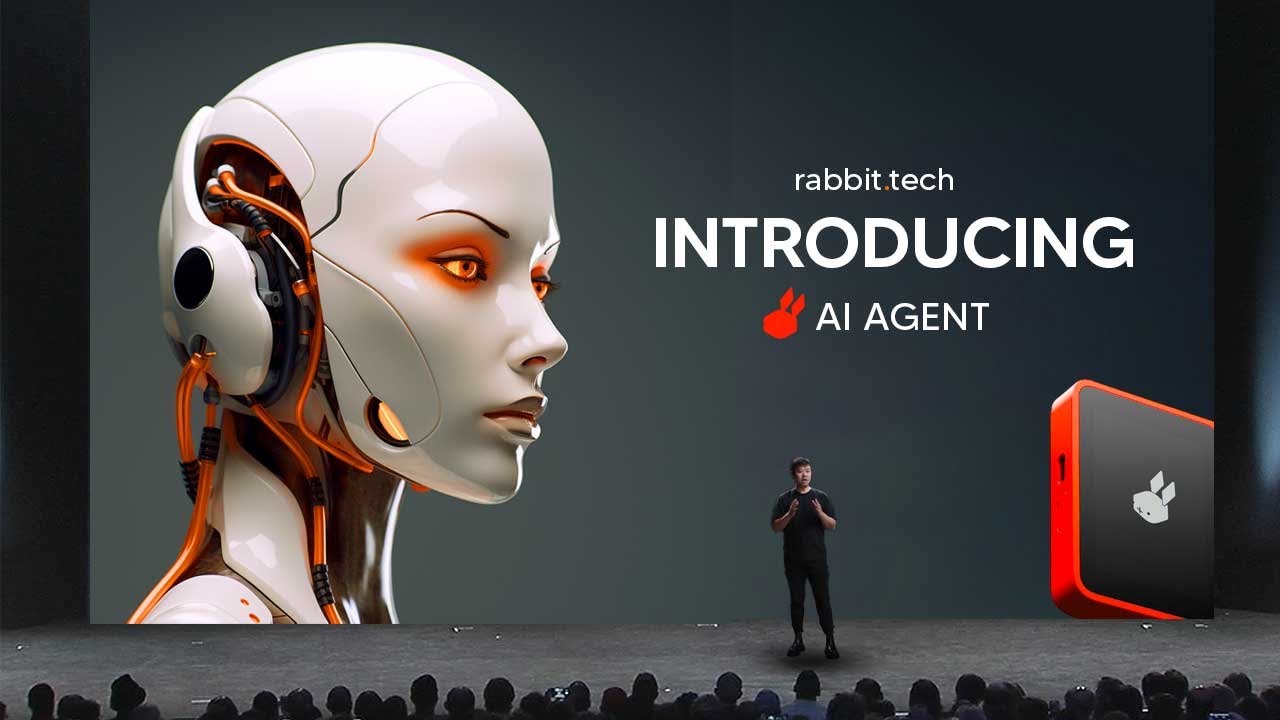The Rise of Large Action Models (LAMs) in AI
Large Language Models (LLMs) have long dominated the AI landscape, but a new player is emerging - Large Action Models (LAMs). While LLMs excel at processing vast amounts of text data, LAMs take a different approach by focusing on demonstrations and actions to better understand and predict user requests.
A glimpse into the future of AI
Microsoft and Salesforce are at the forefront of this paradigm shift, investing heavily in LAM technology to enhance predictive capabilities and streamline task execution across various domains, from gaming to system operations. Experts believe that LAMs represent the next evolutionary step in AI development.
The Game-Changing Rabbit’s R1
One of the most anticipated developments in the LAM space is the upcoming launch of Rabbit’s R1, the world’s first device powered by LAMs. With support from tech giants like Microsoft and Salesforce, the industry is abuzz with excitement over the potential impact of this innovative product.
 Revolutionizing the tech industry
Revolutionizing the tech industry
Priced at $199, Rabbit’s R1 boasts a unique operating system that leverages the power of AI to deliver an intuitive user experience without the reliance on traditional apps. The device is poised to revolutionize the industry and drive substantial business growth, according to industry experts.
Implications for Businesses and Consumers
While the integration of AI into consumer decision-making processes holds promise for enhanced user experiences, it also introduces new complexities for businesses. The adoption of LAM technology necessitates a reevaluation of existing strategies to leverage its full potential.
 Navigating the AI landscape
Navigating the AI landscape
Rabbit’s R1, backed by Khosla Ventures, has garnered attention for its innovative approach, drawing parallels to the iconic launch of the iPhone by Steve Jobs. Satya Nadella, CEO of Microsoft, has expressed admiration for the device’s ability to simplify tasks and reduce cognitive load on users.
Transforming Daily Interactions
Trained on human interactions with popular apps like Spotify and Uber, Rabbit’s R1 employs neuro-symbolic programming to understand and execute tasks seamlessly across different applications. The device’s array of functions, including voice commands, messaging, calling, and service bookings, aims to streamline daily tasks for users.
Future Prospects and Challenges
While LAMs hold immense promise for industries such as consumer banking, travel, and healthcare management, significant challenges persist in defining clear use cases and addressing ethical concerns. The rapid evolution of LAM technology underscores the critical need for ongoing innovation and regulatory oversight to ensure responsible deployment and mitigate potential risks.
In conclusion, the advent of Large Action Models marks a pivotal moment in the evolution of AI, promising to reshape how we interact with technology and navigate the complexities of the digital age.















